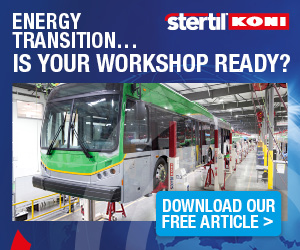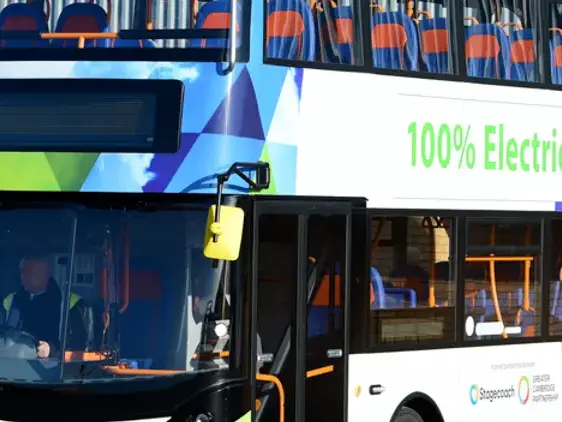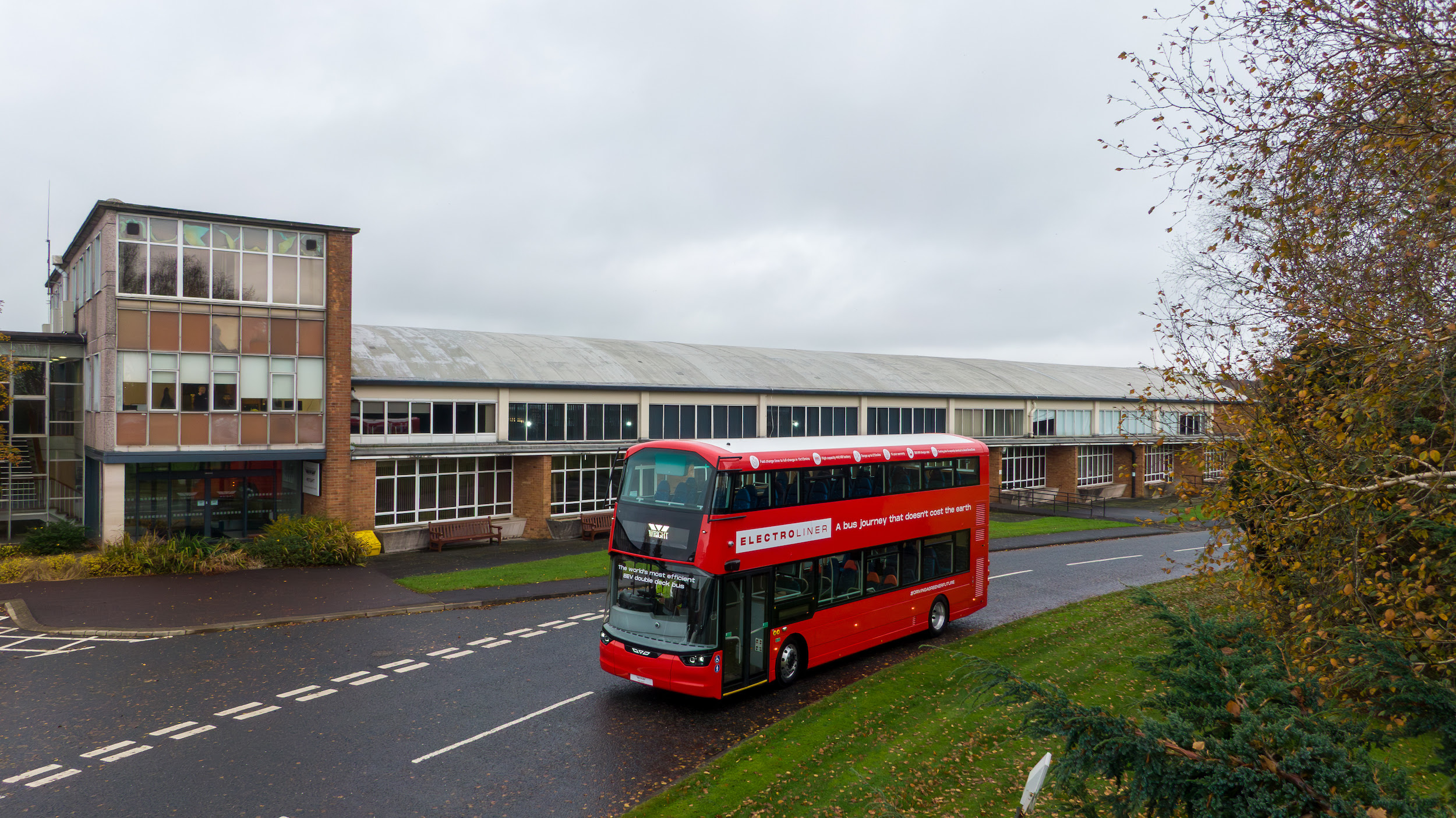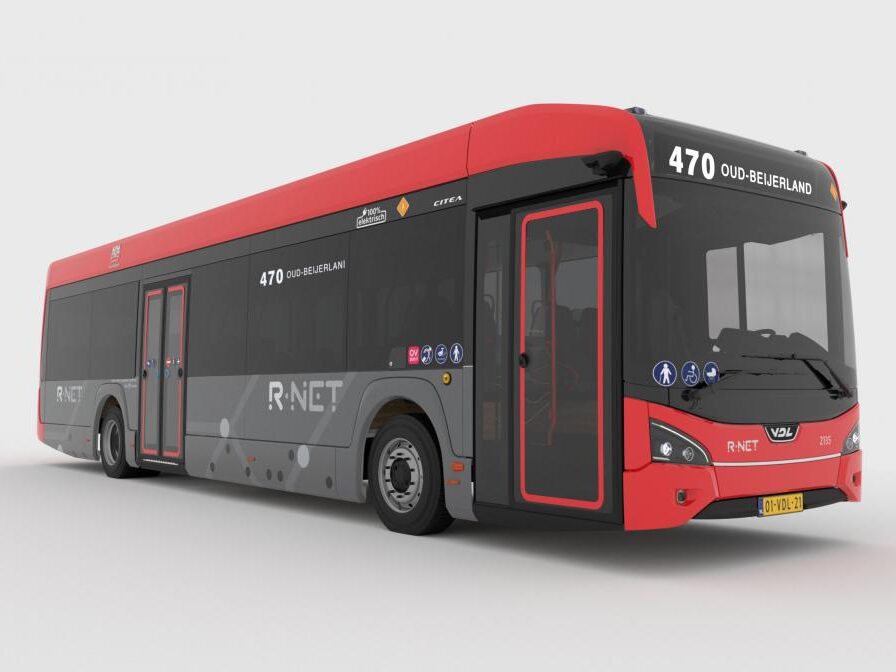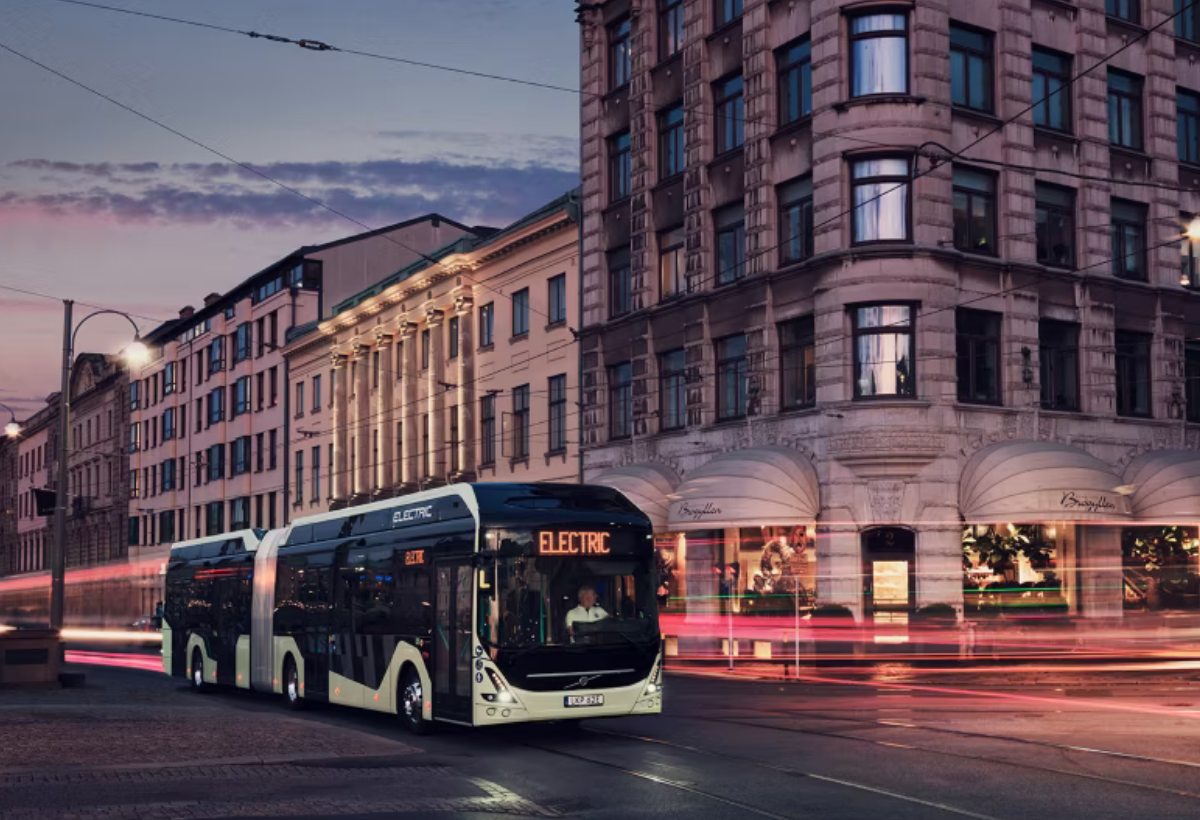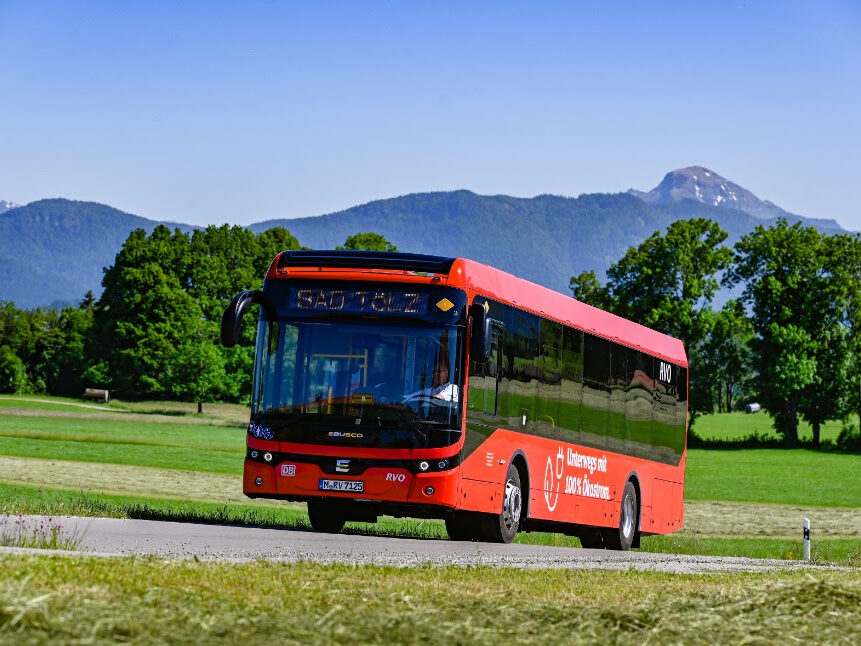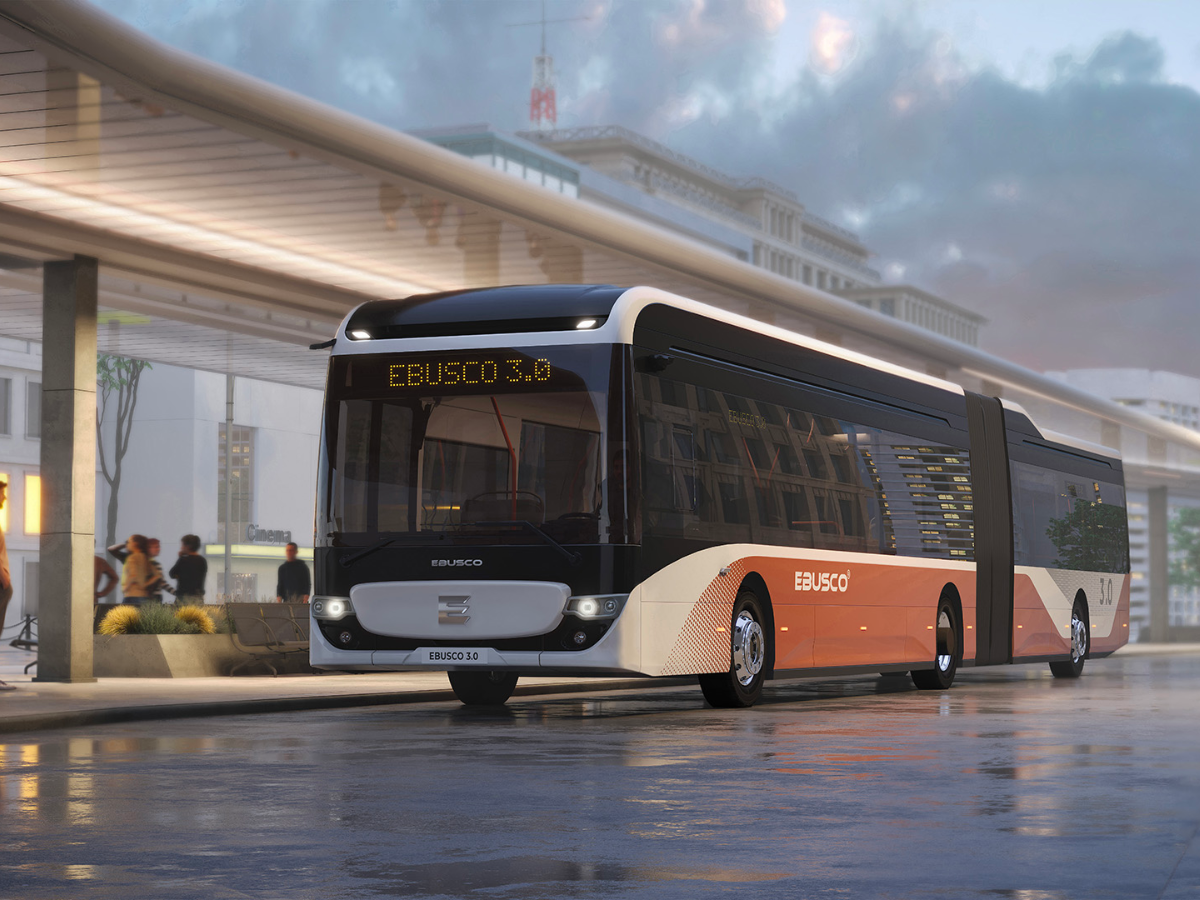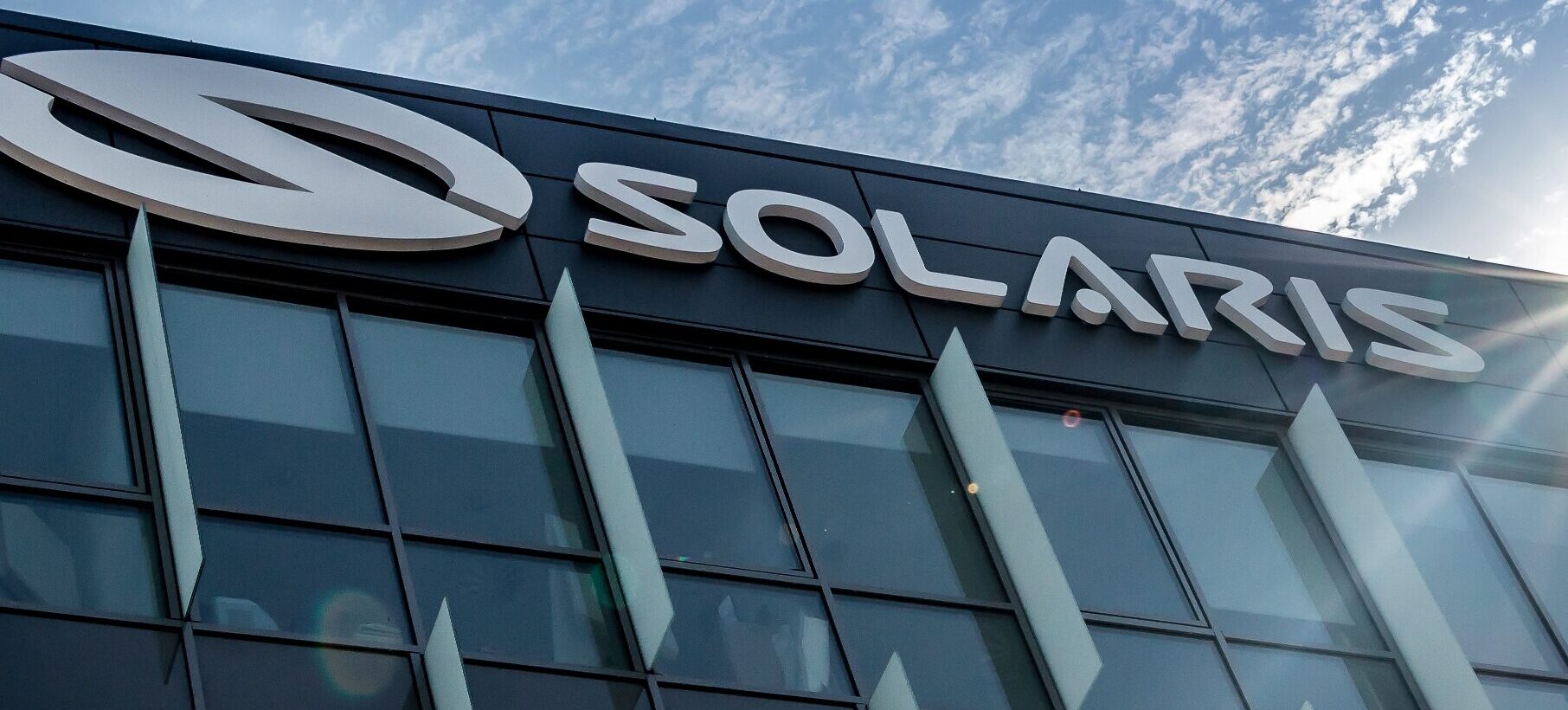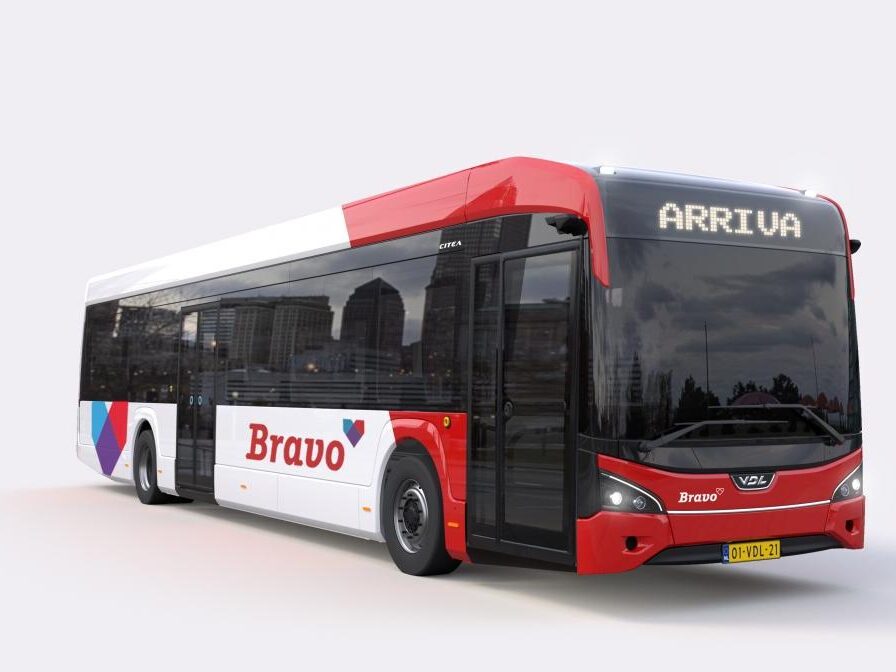Dutch electric bus manufacturer Ebusco has reported a significant financial downturn in its unaudited full-year results for 2024, raising continued concerns about the company’s viability.
Despite launching a turnaround plan in late 2024, Ebusco’s liquidity challenges persist, with a risk of insolvency still present.
The company, which shifted from an original equipment manufacturer (OEM) model to an outsourced engineering and design (OED) strategy last year, recorded a net loss of 200.8 million EUR for 2024. Revenue dropped sharply to 10.7 million EUR, down from 102.4 million EUR in 2023. This followed the cancellation of several bus contracts and a halt in production during the second half of the year.
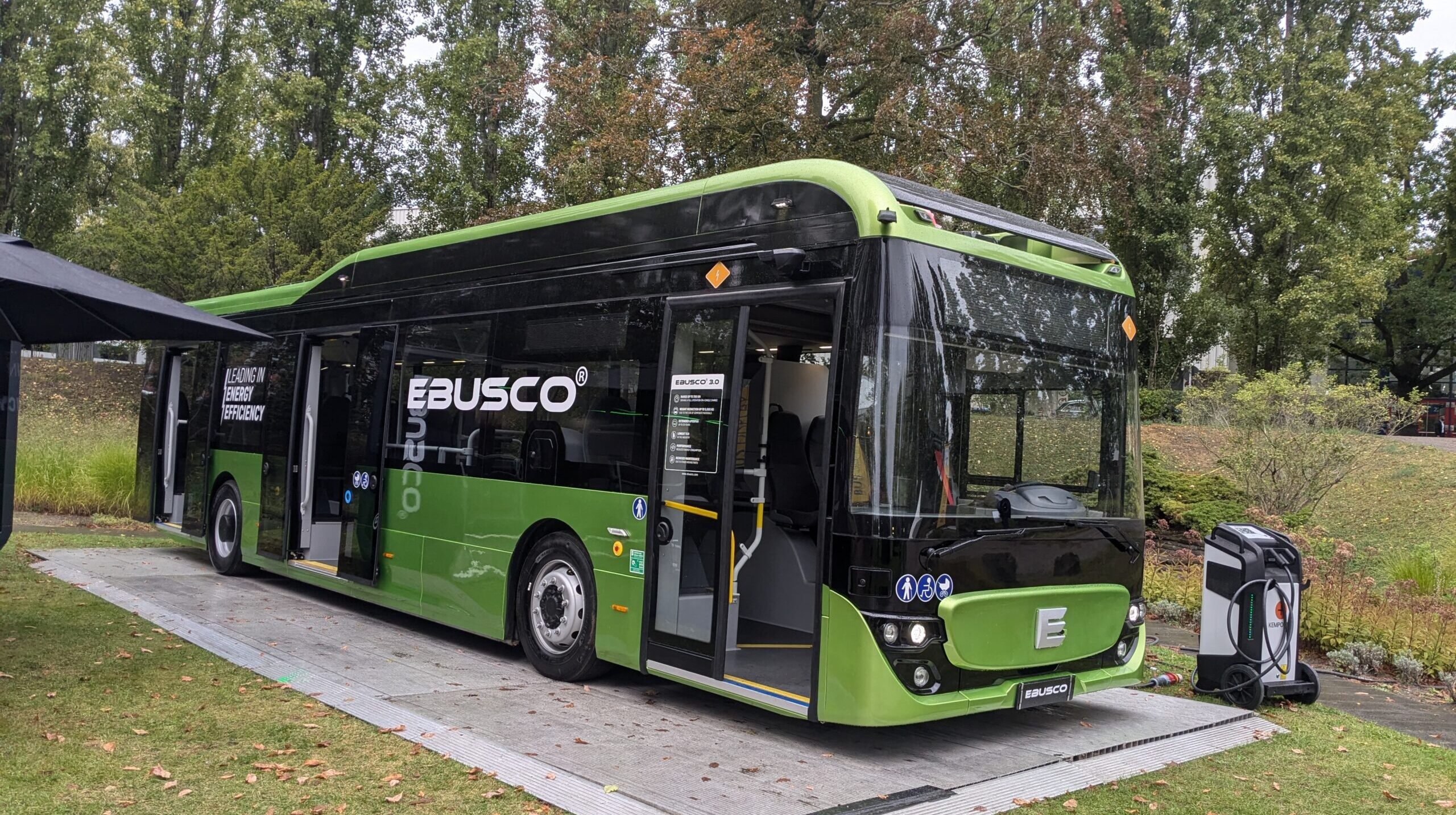
Ebusco cited a 16 million EUR revenue reversal from 2023 and an 18 million EUR reversal of revenue booked in early 2024, both stemming from the termination of customer agreements. This left the business with only 2.4 million EUR in cash and equivalents by year-end, compared with 27.9 million EUR at the end of 2023.
In an effort to stabilise operations, Ebusco has consolidated its Dutch facilities and restructured its workforce. It has also reassigned 74 partially completed buses to new clients, including NIAG, the city of Rouen, and EBS, in order to unlock working capital. However, 361 buses were cancelled in 2024, and a further 55 in 2025.
Ebusco’s newly appointed CEO, Christian Schreyer said:2024 has been an extremely challenging year for Ebusco, and 2025 continues to be very challenging. While we have already taken significant steps, we recognise that there is still a long way ahead and the liquidity situation is still a major challenge. It won’t be a surprise that my first months as CEO of Ebusco have been very intensive. I joined Ebusco at a critical moment, in the midst of a massive and urgent turnaround, operationally and financially.
When I started in September, my top priority was to improve liquidity and reduce working capital while thoroughly assessing root causes and validating strategic choices. This effort has resulted in a clear, actionable roadmap—comprising several projects for immediate impact along with strategic pillars to guide long-term progress, including the decision to transition to an OED model.
An OED model enables us to operate more capital-efficiently and reduce our risk profile. By leveraging our strengths—our top-tier product design and engineering capabilities—while outsourcing processes that have hindered our ability to scale, we can enhance our performance. Combined with other strategic choices, such as simplifying our portfolio to standard bus sizes and focusing on European markets. We are positioning the company to navigate the challenges ahead and ultimately become resilient again.
Although the future holds many uncertainties, I believe we are on the right path. Market fundamentals are strong with the electrification trend ongoing. And the market continues to value our product.
In February 2025, Ebusco announced it had secured commitments for 22 million EUR in loans from three parties: Green Innovation International, CVI Investments, and De Engh B.V. However, a 5 million EUR portion of the funding from Green Innovation has yet to be transferred. This shortfall triggered an event of default with Ebusco’s banks and has limited the company’s access to existing credit facilities.
The absence of these funds poses a direct threat to Ebusco’s liquidity. The company stated that its outstanding accounts payable significantly exceed its cash position, making it vulnerable to creditor actions. One supplier has already initiated bankruptcy proceedings against Ebusco, with a court hearing scheduled for 6 May.
While management remains focused on executing its Turnaround Plan, including the legal separation of its bus and energy divisions, it has also begun exploring strategic options such as seeking external investors or restructuring ownership. Ebusco warned that if it cannot secure additional funding or refinance existing debt by mid-August, insolvency remains a possibility.
The company ended 2024 with an order book of 581 buses, which management says secures production into the first half of 2026. However, converting these orders into revenue will require significant capital to restart and complete manufacturing via contract partners.









